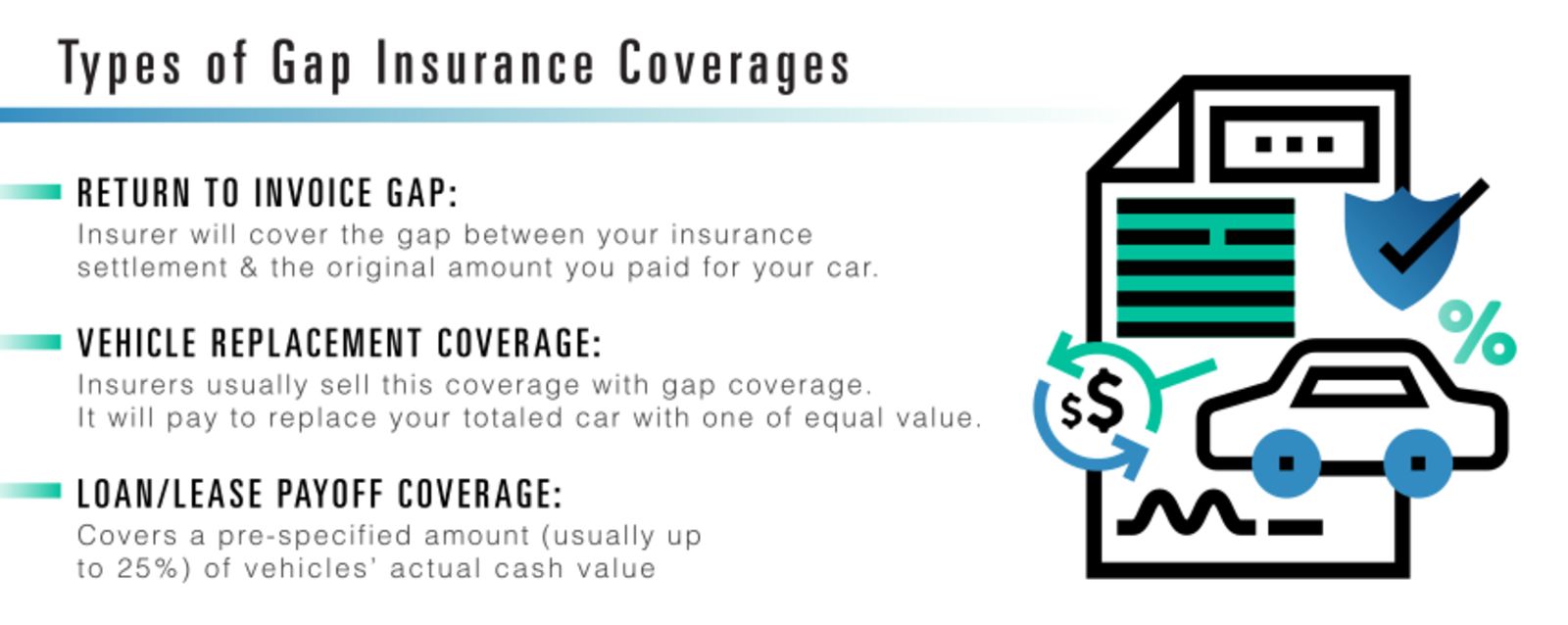pdf. For effectuated registration solely in the FFM, we left out states with complete SBMs but consisted of SBMs on the federal platform. For costs in the FFM states, we used the financial year 2018 real costs on medical insurance exchanges as reported in CMS budget documents. See "Validation of Price Quotes for Appropriations Committees, Centers for Medicare & Medicaid Services, Department of Health & Human Being Services, 2020, pp. 178-183 and 212, https://www. cms.gov/ About-CMS/Agency-Information/Performance, Budget/FY2020-CJ-Final. pdf. For spending by California's exchange, we utilized the fiscal year 2018-2019 spending plan for Covered California, June 15, 2018, p. 26, https://hbex. coveredca.com/financial-reports/PDFs/Covered, CA_2018-19_Budget-6-15-18. pdf. For spending by Massachusetts' exchange, we utilized the Health Adapter Administrative Financing Update, slide discussion at the July 12, 2018 board of directors meeting, p.
com/wp-content/uploads/ board_meetings/ 2018/07 -12 -18/ Health-Connector-Administrative-Finance-Update-VOTE-071218. pdf. For spending by Minnesota's exchange, we utilized the MNsure 3 Year Strategy, Financial Years 2019-2020-2021, prepared for the July 17, 2019 board meeting, https://www. mnsure.org/assets/Bd-2019-07-17-DRAFT-FY20-budget_tcm34-393218. pdf. For spending by Washington's exchange, we used the Washington Health Benefit Exchange's monetary report for the August 23, 2018 board meeting, p. 4, https://www. wahbexchange.org/wp-content/uploads/2018/08/HBE_EB_180823_Finance-Update. pdf. States differ in just how much they buy functions such as marketing and outreach to hard-to-reach populations and in Get more information just how much they support small company enrollment. States also have different financing sources for their operations an important parameter for what its exchange may have offered to spend. Vermont and New york city are currently the only states that prohibit age-rating; in these states, plans charge the very same premium for grownups https://pbase.com/topics/tammon5w7h/ugzyltd832 regardless of age. If you live in one of these states, the Medical insurance Marketplace Calculator will calculate your premiums according to your state's rules. Yes. The cost of medical insurance (your month-to-month premium) differs a fair bit by state, and even within regions of a state. This is because of a number of aspects, such as the cost of living and expense of healthcare services in your area. Your superior tax credit is tied to the expense of insurance in your location.
Premiums in the Medical Insurance Market Calculator are actual premiums in your area. It is possible that some strategies might not be readily available in your specific zip code or county, though. For this reason, you may get somewhat different results when you use for subsidies through Health care. gov or your state's Marketplace. Yes, in a lot of states, insurance providers can charge individuals who utilize tobacco a greater premium (this is called a "tobacco surcharge"). Presently, only 6 states (California, Massachusetts, New Jersey, New York, Rhode Island, and Vermont) Donating My Timeshare and the District of Columbia do not allow private health plans to charge higher premiums for individuals who use tobacco; and numerous other states limit tobacco additional charges to less than 50%.
The health law also makes clear that monetary aid through the Health Insurance coverage Marketplace can not be utilized to cover the part of the premium that is because of a tobacco surcharge. The Health Insurance Marketplace Calculator does change your results based on tobacco usage since tobacco surcharges vary rather a bit from strategy to plan (How much is car insurance per month). Even in states that permit it, some insurance providers select not to charge greater costs for tobacco users or charge fairly low surcharges. For this reason, the calculator cautions you when you might deal with greater prices, but to learn your true expenses, you will need to go to Healthcare.
When you buy protection through the Health Insurance Marketplace you can choose between 4 levels of protection: Bronze, Silver, Gold, and Platinum. The levels are based on how much monetary defense the strategies provide you when you get sick or need medical care. Bronze strategies will have the least expensive month-to-month premiums, however have the greatest deductibles, copayments, and other cost sharing. If you get ill or have an accident, your share of covered medical bills that you will need to pay out-of-pocket will be higher because of the higher expense sharing. What is pmi insurance. Silver plans are more protective and will have higher monthly premiums, but typically have rather lower deductibles and other cost sharing, meaning you would likely spend less expense when you get medical care.

The Medical Insurance Market Calculator reveals the cost of silver and bronze strategies in your location. Silver plans are crucial since these are utilized as a "benchmark" for determining just how much support you are qualified for. The silver premium displayed in the calculator is the second-lowest-cost silver strategy in your location. The Medical Insurance Marketplace Calculator will likewise reveal you the rate of the lowest-cost bronze plan in your area. Bronze strategies are the least expensive level of protection that many people are required to have under the health law. If a Bronze plan is still unaffordable to you even after financial support, or if you are under the age of 30, you may acquire a disastrous strategy.
The How Much Does Health Insurance Cost PDFs
Premium tax credits can not be used to disastrous health insurance. For more details on the difference between bronze and silver strategies, see the concern on actuarial value, listed below. With most job-based health insurance, an employer pays part of your regular monthly or yearly expenses (premiums). In basic, people who receive health insurance through their job are not able to get financial help through the Marketplaces. Nevertheless, if your employer's coverage is either unaffordable or doesn't fulfill the healthcare law's "minimum worth" requirement, then you might be eligible for monetary help to buy through the Market. "Minimum value" suggests your employer strategy pays at least 60% of the overall expense of medical services.